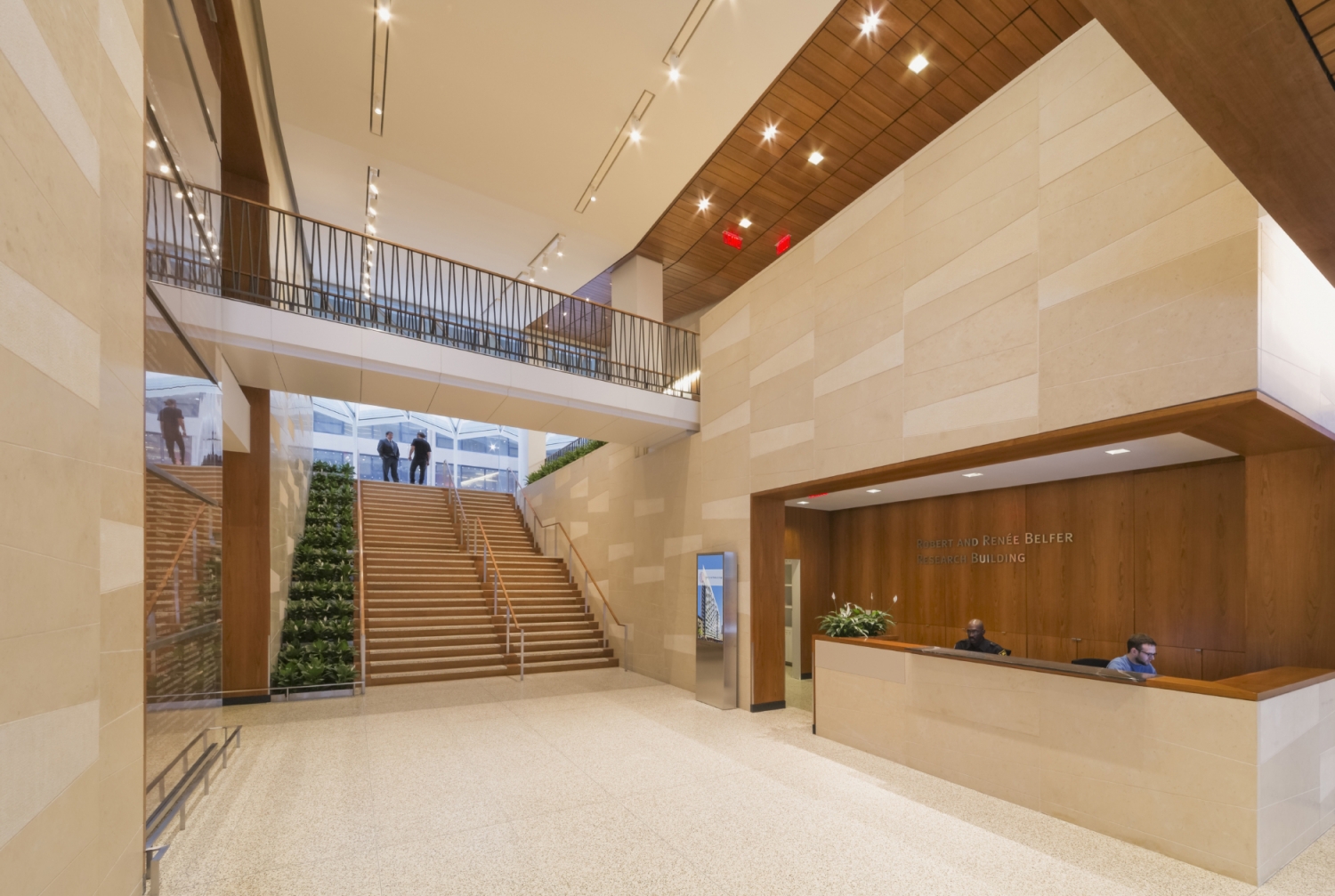


Weill Cornell became affiliated with New York Hospital, now NewYork–Presbyterian Hospital, in 1913. It closed in 1938 due to declining enrollment. The two-year Ithaca course paralleled the first two years of the New York school. 20th century Ī branch of the school operated in Stimson Hall on the main campus. James Ewing was the first professor of clinical pathology at the school, and for a while was the only full-time professor. It was established in New York City because Ithaca, where the main campus is located, was deemed too small to offer adequate clinical training opportunities. The school was founded on April 14, 1898, with an endowment by Col. History 19th century Ĭornell Medical College's Stimson Hall on the main campus in Ithaca in 1910 News & World Report's ranking of "Best Medical Schools: Research".

As of 2022, Weill Cornell Medical College is currently tied for 14th on U.S. For the class of 2022, the average undergraduate GPA and MCAT scores for successful applicants were 3.85 and 518, respectively. Weill Cornell Medicine enrolls approximately 100 students per class from a pool of over 6,000 applicants, interviewing 700-750 applicants. On September 16, 2019, Weill Cornell Medicine announced students who qualify for financial aid could attend debt-free. Weill Cornell has also been affiliated with Houston Methodist Hospital since 2004. In 2001, the school opened a campus in Qatar. In 1991, Memorial Sloan Kettering Cancer Center and Rockefeller University joined Weill Cornell to establish the Tri-Institutional MD–PhD Program. It is affiliated with NewYork-Presbyterian Hospital, Weill Cornell Medical Center, Hospital for Special Surgery, Memorial Sloan Kettering Cancer Center, and Rockefeller University, all of which are located on or near York Avenue and Sutton Place. Weill Medical College of Cornell University ( / w aɪ l/) is Cornell University's biomedical research unit and medical school in New York City.


 0 kommentar(er)
0 kommentar(er)
